© 2023 Dr Margaret Sheppard
The Local Rice Mill
After rice is harvested and winnowed the husked rice is stored in large sacks. The rice needs to be de-
Rice Mill owners may also be rice traders buying surplus crops direct from the paddy field farmers. They then re-
The Rice Mill owners often also have their own paddy fields and will purchase more from their profits as they are supplying a staple food that is an essential part of the Sri Lankan diet for which there is always a market.
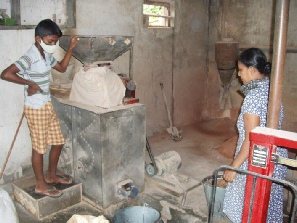
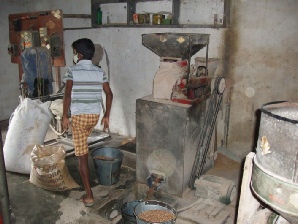
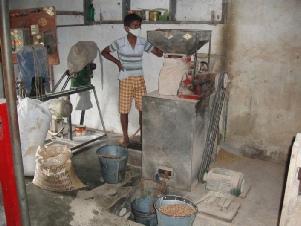
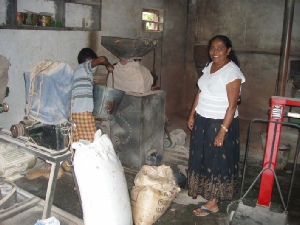
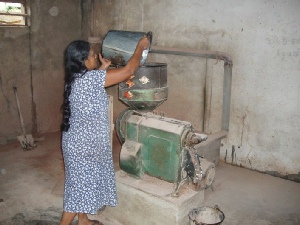
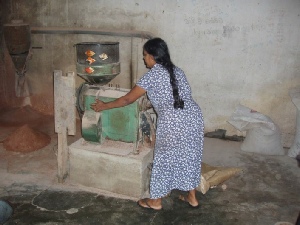
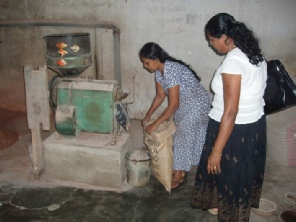
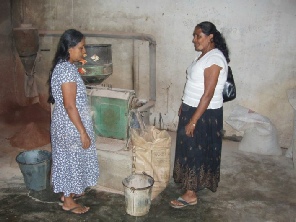
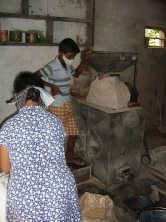
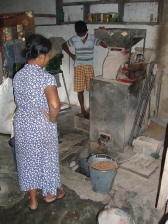
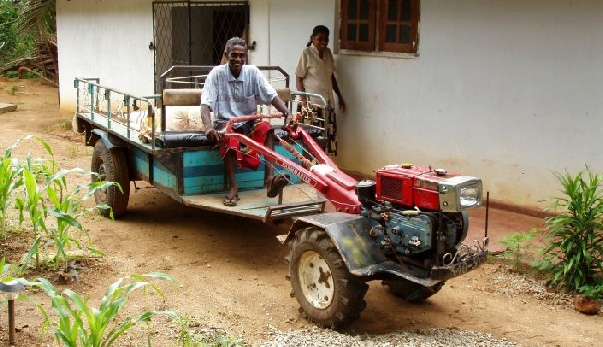
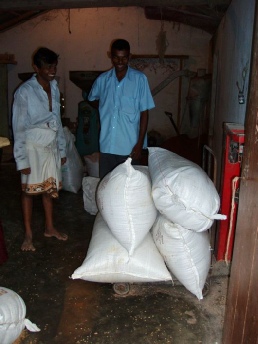
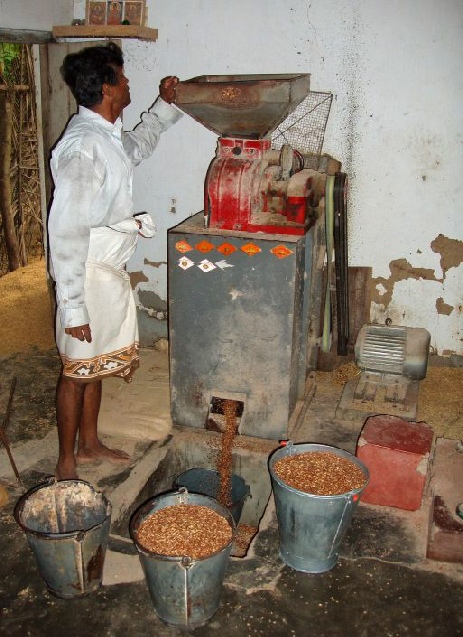
There are several different types of rice. Different families grow and eat their preference. The common ones are the various white rices (both long and short grained varieties), red rice and brown rice. These are milled separately. Here they are shown in different buckets.
Transporting a sack of husked rice from the paddy farmer’s home to the rice mill
At the rice mill it is first weighed
The husked rice is poured into the top of the mill and the de-
All family members will operate a family run rice mill especially if the husband is also a trader and away buying rice from the paddy fields.
It can be dusty work whilst the rice is being de-
The mills work off diesel powered generators.
Often part of the payment to the mill owner is in rice.